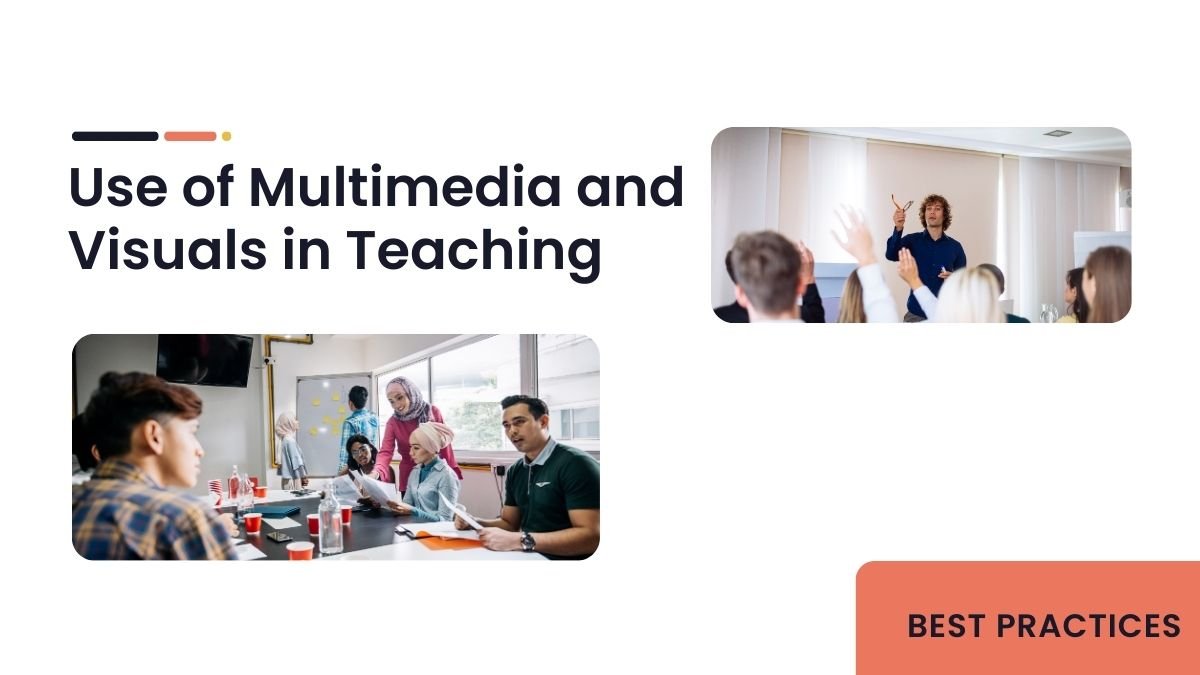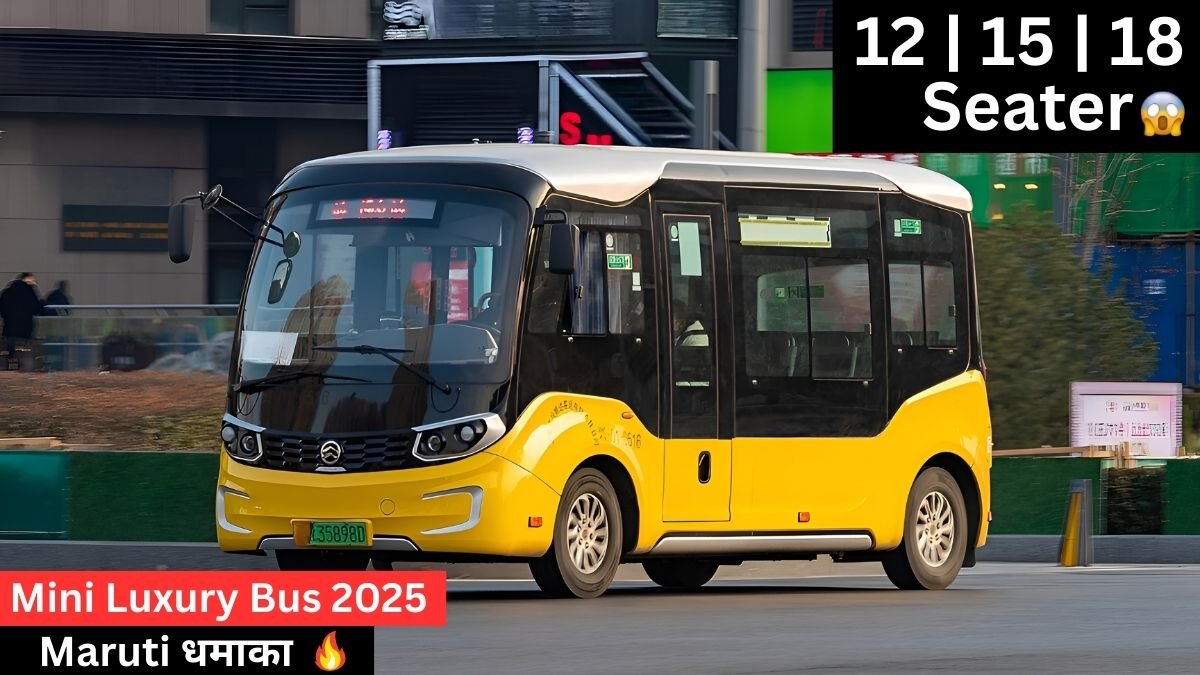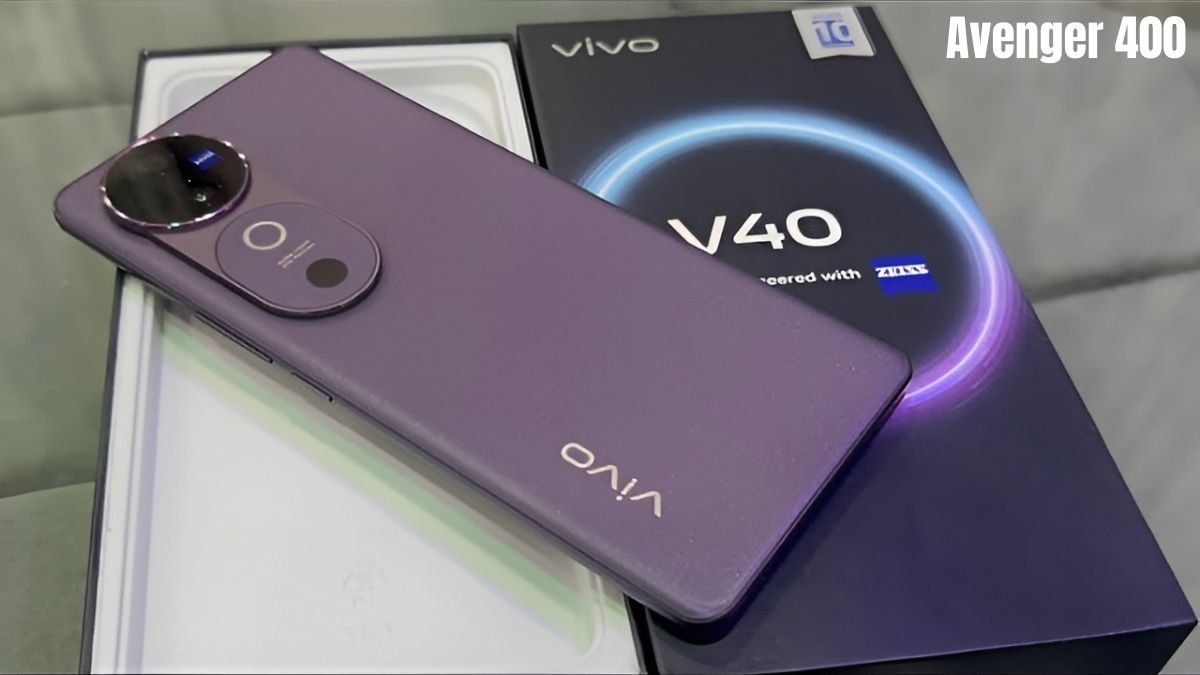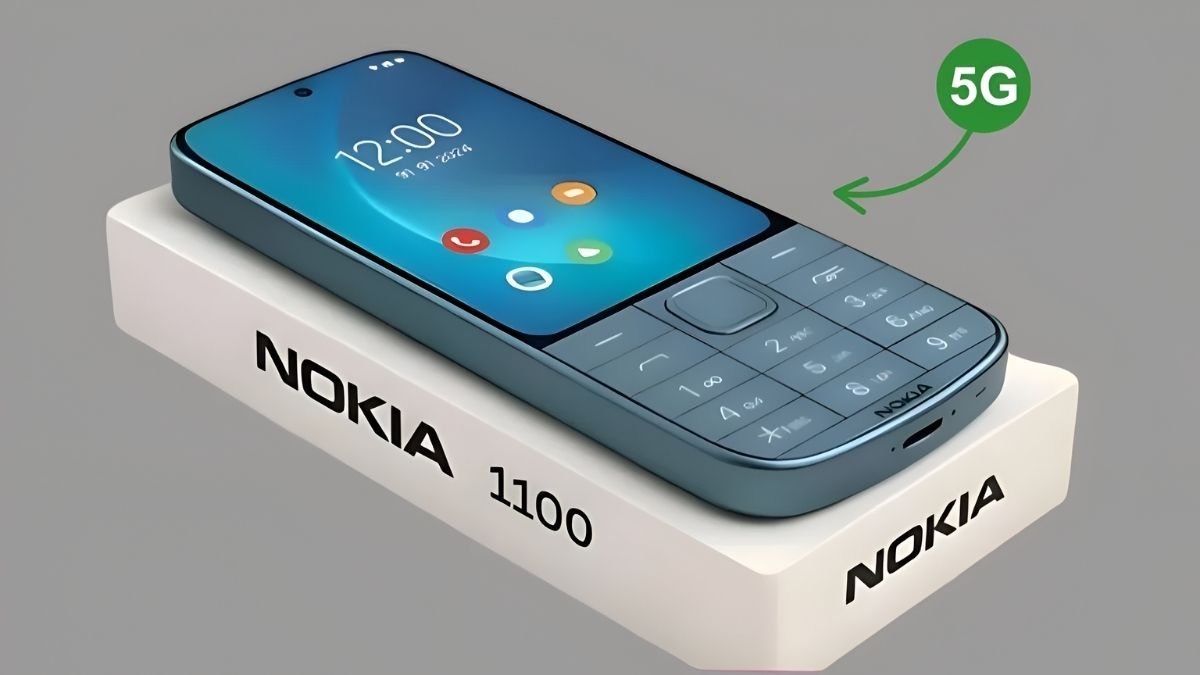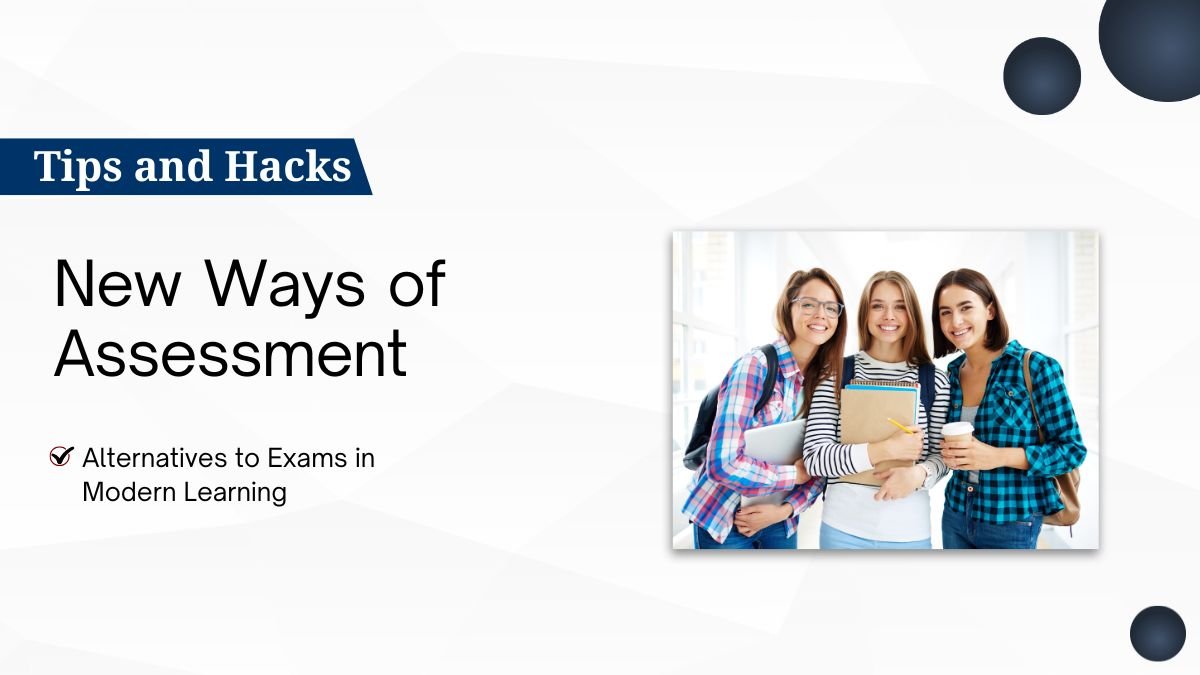The Powerful Use of Multimedia and Visuals in Teaching
With the advancement of technology, using multimedia and visual materials in teaching has become essential to make education more effective, engaging, and memorable. Combining words with images, videos, audio, and interactive content enhances students’ understanding and learning abilities.
B.Ed students and teachers must learn to use multimedia strategically, as it increases comprehension, motivates students, and promotes active participation and creativity.
1. Principles of Design and Content
a) Consistency with Learning Objectives
Multimedia should align with course objectives and guide students in achieving learning goals.
Example: In science, for a lesson on the water cycle, show an infographic illustrating the stages of water to clarify theory and concepts.
b) Keep it Succinct
Break multimedia into short, clear segments to avoid overwhelming students.
Example: Divide a 15-minute lecture into 3–4 minute videos, each focusing on a single main idea.
c) Use a Conversational Style
Present content in a friendly, conversational tone rather than formal or stiff language.
Example: “Think about how this process works in our daily lives?”—this builds trust and engagement.
d) Prioritize Relevant Visuals
Use visuals that directly support learning content, not just for decoration.
Example: In history, show charts or photos of significant events rather than generic images of artists.
e) Use Multiple Modalities Together
Combining visual, audio, and textual information strengthens memory and comprehension.
Example: Include audio explanations alongside images and on-screen text of key points to create deeper cognitive connections.
2. Delivery and Engagement Strategy
a) Create a Supportive Environment
Use multimedia to make learning enjoyable, especially in online or hybrid settings.
Example: Interactive quizzes and videos in e-learning platforms.
b) Foster Engagement
Use simulations and hands-on activities to actively involve students.
Example: In physics, use virtual lab simulations of force and motion, allowing students to control experiments themselves.
c) Facilitate Discussion
Use videos or images to stimulate brainstorming and group discussion.
Example: Show cultural festival videos in social studies and ask students to share personal experiences.
d) Include Real-Life Examples
Demonstrate real-life applications to enhance relevance and retention.
Example: Show real banking transactions when teaching interest in mathematics or use VR to explore forests in environmental studies.
e) Personalize the Learning Experience
Include your own voice and images to create personal connections with students.
Example: Teacher asks questions in a video and answers them, fostering trust and engagement.
3. Principles of Multimedia Learning by Mayer
- Contiguity Principle: Place related text and images together to help students connect concepts easily.
- Personalization Principle: Use conversational, friendly language rather than formal style.
- Multimodal Principle: Combine visual, auditory, and textual information to increase comprehension.
4. Practical Tips for B.Ed Students
- Align multimedia content with course objectives.
- Keep visuals and videos relevant and concise.
- Use conversational style to engage students.
- Incorporate interactive and real-life examples to promote active learning.
- Use multimedia as a basis for discussion and hands-on activities, not just for presentation.
Conclusion
Effective use of multimedia and visuals engages students, promotes active learning, enhances conceptual understanding, and improves long-term retention. For B.Ed students, mastering multimedia is not only about presenting content but also about creating an interactive, motivating, and supportive learning environment that develops confidence, interest, and deep understanding in students.
